If you’ve had trouble keeping up with the ever-lengthening but always unpronounceable LGBTQIA acronym, there’s good news on the way: Pansexuality is about to render every last letter obsolete.
Defined by sexologist Dr. Carlen Costa and quoted in Cosmopolitan as, “The sexual, romantic, emotional, physical or spiritual attraction to people, regardless of their specific gender identity or sexual expression,” pansexuality leaves sexual fluidity in the dust, rendering human sexuality downright vaporous.
Considered one of various sexual identities housed beneath the “bisexual umbrella,” pansexuality is basically bisexuality 2.0. Traditionally, and etymologically, bisexuality is thought to reinforce a rigid gender binary, problematically implying sexual attraction to “both” genders.
While this view has been discredited as a misconception and bisexuality has been revised, with the updated definition specifying that bisexuals are attracted to “more than one gender,” pansexuality takes the non-binary approach a step further, rejecting gender identity altogether.
Ain’t Got No Type
In fact, the only rule when it comes to pansexuality is the rejection of gender and the belief that it is merely a social construct. Other than that, it’s pretty much anything goes. According to “Cosmo,” “Pansexual people often express that they may be attracted to genderqueer people, gender-nonconforming individuals, trans people, as well as cis-gender men and women.” In its absolute rejection of gender, pansexuality is at once all sexual identities and no sexual identity at all.
While the last few decades have been devoted to expanding societal awareness of a wide variety of sexual identities, resulting in a veritable alphabet soup of an acronym, pansexuality has pioneered a new sexual frontier that eliminates the idea of sexual identity altogether.
In maintaining a preference for any and all genders and identities, pansexuals effectively have no preference at all. It’s top-tier sexual enlightenment reserved for only the wokest of the woke, and with Miley Cyrus as their poster girl, the pansexual community seems to be on the rise, effectively launching a new landscape of human sexuality so open it leaves the rest of the LGBTQIA community looking rigid.
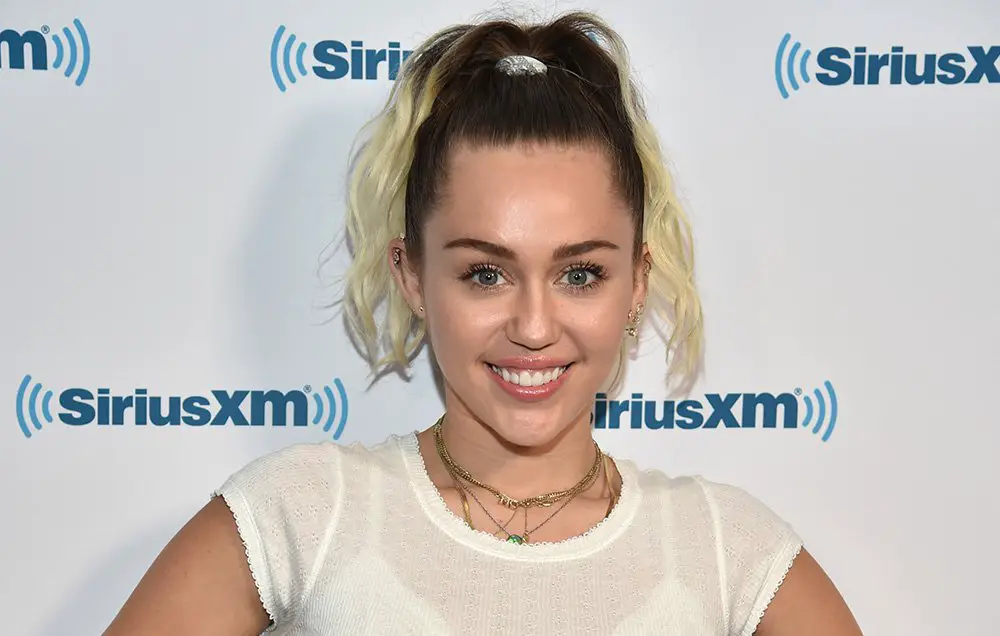
And therein lies the problem. At first glance, pansexuality appears to be just like any other sexual identity, a personal preference deserving of respect and acceptance from others of the same and different identities.
While pansexuality, of course, deserves the same respect as any other sexuality, it differs from other identities — whether heterosexual or otherwise — in that it introduces an entirely new way of understanding human sexuality. Proving that sexuality can be genderless, pansexuality raises some inescapable questions for those not ready to venture down the pansexual rabbit hole.
Survival of the Wokest
While most sexual identities invite a simple “good for you, not for me” response from members of other sexualities, pansexuality introduces an entirely new view of human sexuality that all but upends the attitudes that have long defined even the most marginalized sexual communities.
Prior to widespread awareness of pansexuality, sexual identity — whether gay, straight, bi, etc. — was generally understood to be defined by gender. Either your sexuality drew you to someone of the same gender, someone of a different gender or you were open to both options. Of course, any sexual identity is further modified by one’s own gender identity, whether cis or trans, as well as their partner’s. Whatever way you spin it, however, gender has always been a defining and largely inevitable part of sexuality.
Pansexuality disrupts this paradigm, ushering in a new era of sexuality sans gender. In a society where the most elite icons of sexual enlightenment are pursuing increasingly fluid forms of sexual expression, where does that leave individuals—whether straight or otherwise—who are still filtering their bedfellows by gender? Aren’t they, well, discriminating?
Looking at the rhetoric surrounding pansexuality, it’s hard to say no. Once gender is discredited, even the less traditional sexual identities suddenly seem strangely conservative and even problematic. Sure, you may be a gay transgender man, but ultimately, both your identity and your sexuality are defined by gender, something pansexuals don’t even recognize. Ultimately, maintaining any gender-based sexual preference somehow seems discriminatory, and you suddenly feel pretty guilty about the “only men” toggle hidden away in the depths of your Tinder settings.
Hey, Soul Sibling
Much of the rhetoric surrounding pansexuality makes reference to the idea of being attracted to a person or a soul rather than a specific gender. Angel Haze may be one of the first public figures to launch pansexuality into mainstream attention, beating Miley by almost two years. Way back in 2013, Haze defined pansexuality to Buzzfeed, explaining, “I define it as someone who sees people for who they are and not gender. I don’t base all of my relationships off of sex.”
Here, your average yokel with a more rigid sexual preference may feel compelled to defend themselves. Surely they see their partners “for who they are.” Their relationships aren’t just “based off of sex” either. The fact is that if you subscribe to a sexual orientation outside of pansexuality, your relationships are based on sex, literally. Whether gay, straight or somewhere in between, your sexual encounters have their origin in what sex or gender identity you seek in a partner.
“I care about connecting with people on a deeper level and actually having something to talk about. To kind of identify as pansexual, to me, means to just want love. To have a connection with anyone you can find it with,” continues Haze, adding to the list of things you probably thought you your own sexuality stood for, but now seem increasingly impossible when the first thing you look for in a relationship is a specific set of genitalia.
Explaining her experience as a pansexual, reality star and transgender teen Jazz Jennings reports “loving people for who they are on the inside, no matter their label.” Espousing similar sentiments in another interview, Jennings drops the S-word, explaining, “There’s no limits. I’ll date anyone. It’s more that I love someone for their soul.”
You may think you, too, can appreciate a good soul, but does it really count if you only love souls with penises?
All Sizes Fit One
When it comes to sex and sexuality, society has long been on a path away from a one-size-fits-all mentality, increasingly broadening mainstream culture’s repertoire of sexual identities. Turns out, it may have been all for naught, as the most progressive sexual identity is essentially no identity at all, rendering the very idea of sexual identity strangely archaic.
In an ideal world, sexuality is an all you can eat buffet: Take what you like, leave what you don’t. The rhetoric surrounding pansexuality, however, seems to increasingly encourage individuals to try it all. Some people really just don’t like chicken though, and whether they’re discriminating or just picky, always sticking to the vegetarian option suddenly seems a little close-minded.


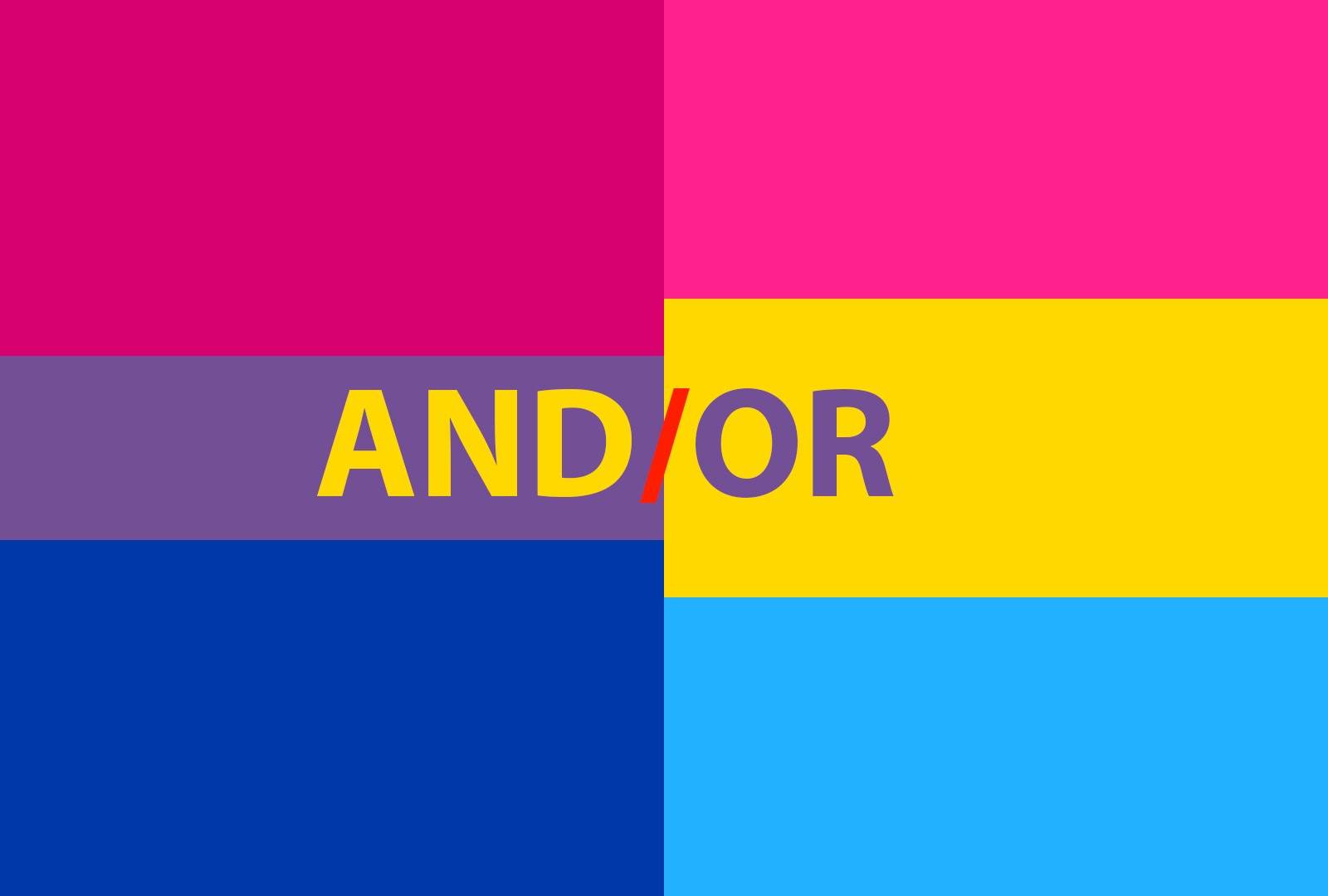

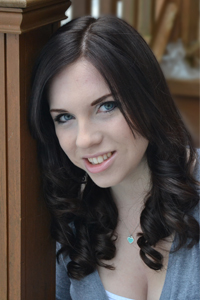


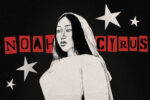
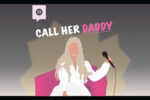









“bisexuality is thought to reinforce a rigid gender binary”
…by the same people who think December is the tenth month of the year.
This article provides an excellent and thorough analysis of why continuing education is essential for the growth and success of healthcare professionals and the industry!
@Geometry Dash Full Version